Want to build and strengthen your upper glute workout? This guide covers the best upper glute workouts, benefits, and common mistakes to avoid.
Key Takeaways
-
Understanding upper glute anatomy, particularly the gluteus medius, is essential for effective training and enhancing pelvic stability.
-
Training upper glutes provides aesthetic benefits and improves performance in activities like running and jumping while reducing injury risks.
-
Incorporate a variety of exercises, such as Barbell Hip Thrusts and Lateral Band Walks, for comprehensive development and ensure proper recovery and nutrition for optimal results.
Understanding Upper Glute Anatomy
Effective training begins with understanding the upper glute anatomy. The region includes the gluteus maximus, medius, and minimus, each essential for hip motion. The gluteus medius, especially, stabilizes the pelvis during activities like walking and running. This muscle aids in maintaining balance and alignment, making movements efficient and safe.
Developed upper glutes significantly enhance pelvic alignment and movement efficiency. Training the gluteus medius benefits both aesthetics and physical functionality. Focusing on these muscles can boost performance in sports and daily activities, making upper glute exercises a crucial part of any workout regimen.
Benefits of Training the Upper Glutes

Training the upper glutes provides numerous benefits beyond aesthetics. One key benefit is the attractive curve added to the top of the buttocks. Enhanced glute strength also supports acceleration and power in movements like running and jumping, making it invaluable for athletes and fitness enthusiasts.
Strong upper glutes benefit sports requiring quick direction changes by providing stability and control. Additionally, they can alleviate back pain by ensuring balanced load distribution during physical activities.
Overall, strong upper glutes enhance balance, reduce injury risks, and improve functional capabilities, making glute muscles crucial for health, functionality, and gym performance.
Top 5 Exercises for Upper Glute Engagement
Incorporating the right exercises is key to effectively targeting the upper glutes. The top 5 exercises for maximize upper glute engagement are: Barbell Hip Thrust, Single Leg Hip Thrust, Lateral Band Walks, Cable Hip Abductions, and Bulgarian Split Squat.
Each of these exercises targets the upper glutes in a unique way, ensuring comprehensive development and strength through upper butt exercises.
Barbell Hip Thrust
The Barbell Hip Thrust is excellent for targeting the upper glutes. Lie on the floor with knees bent and feet flat. Place a padded barbell across your hips. With heels scooted back under your knees, lift your hips while flexing your glutes. Hold the top position for a few seconds and squeeze your glutes to maximize engagement with hip thrusts.
To increase the challenge, add a resistance band around your knees or use heavier weights. The Barbell Hip Thrust is among the best exercises for building strength and size in the upper glutes, making it a staple in any upper glute workout routine.
Single Leg Hip Thrust
The Single Leg Hip Thrust specifically targets the gluteus medius. To perform, lie on your back with one foot flat on the ground and the other leg extended straight. Keep your core tight and hips square to avoid rotation. Lift your hips, squeeze your glutes at the top, then lower back down.
To assist with balance, hold a dumbbell or kettlebell in the opposite arm. Beginners can start with glute bridges using both feet on the ground and progress to the single leg variation as they build strength. This exercise is excellent for isolating the gluteus medius and improving hip stability.
Lateral Band Walks
Lateral Band Walks are an effective way to target the upper glutes. Position a resistance band just above your knees. Stand with feet shoulder-width apart and toes pointing forward. Maintain a low squat position throughout the exercise to target the gluteus medius effectively.
Walk laterally, lifting your top leg towards the ceiling and leading with your heel to engage the glute medius. Regularly incorporating lateral band walks into your routine enhances upper glute development and improves overall hip stability.
Cable Hip Abductions
Cable Hip Abductions are great for isolating the gluteus medius. Using a cable machine and an ankle attachment, attach the ankle cuff, brace yourself, and lift your leg back and up, controlling the descent for about four seconds. This controlled motion ensures maximum hip abduction muscle engagement through hip abduction exercises.
Cable Hip Abductions particularly improve hip stability and target the upper glutes. Including this exercise in your routine can significantly enhance glute strength and overall functional fitness.
Bulgarian Split Squat
The Bulgarian Split Squat is an excellent single-leg exercise targeting the gluteus medius and maximus. Place your back leg on a bench or elevated surface and your front left leg forward in a lunge position. Keep your front knee stable, lower your body until your back knee nearly touches the ground, then return to the starting position.
To increase difficulty, use dumbbells or resistance bands. This exercise is highly effective for engaging the upper glutes and improving balance and stability.
Optimizing Your Upper Glute Workout

A comprehensive approach is required to optimize your upper glute workout. Progressive overload is key for muscle growth and strength improvements. Gradually increase workout difficulty by using heavier weights or altering repetitions. This approach continuously challenges muscles, promoting growth and development.
Incorporate a variety of exercises, such as lunges, hip hinges, and abductions, to effectively challenge the glutes and prevent plateaus. Changing your workout routine approximately every six weeks can help avoid plateaus and keep muscles engaged.
Proper form is crucial for targeting the upper glutes effectively and avoiding injuries.
Common Mistakes to Avoid in Upper Glute Training

Avoiding common mistakes is vital in the quest for stronger upper glutes. One significant error is over-reliance on dominant muscles, preventing proper upper glute activation. A weak mind-muscle connection can also result in not feeling the upper glutes engage during workouts.
Neglecting specific exercises for the gluteus medius and minimus may hinder upper glute development. Misalignment and poor posture during exercises can lead to injury and ineffective targeting of the glutes.
Incorporating muscle activation exercises in your warm-up can significantly improve glute engagement and prevent issues like knees caving inward during workouts.
How Often Should You Train Your Upper Glutes?
Training frequency is crucial for optimal upper glute results. Generally, training them 2-3 times per week is recommended. However, the optimal frequency can range from 2 to 5 sessions per week, depending on your recovery and volume.
Tailor your training frequency to your individual recovery rate and adjust based on personal performance. Overtraining without adequate recovery can lead to tightness and discomfort, making proper rest and recovery essential.
Nutrition and Recovery for Upper Glute Growth

Nutrition and recovery are pivotal for upper glute growth. A calorie surplus, requiring increased caloric intake combined with weight training, is essential for muscle growth. Protein, crucial for muscle repair, should be consumed at about 2 grams per kilogram of body weight. Complex carbohydrates provide necessary fuel, unlike refined sugars that can hinder progress.
While not overly critical, nutrient timing should include consuming protein and carbs before and after workouts to support muscle growth. Maintaining calorie intake on rest days is also important for muscle recovery and growth.
Sufficient sleep, ideally 7-9 hours per night, is necessary for muscle recovery and growth.
Summary
In summary, focusing on upper glute exercises can significantly enhance your overall fitness, aesthetics, and performance. Understanding the upper glute anatomy and the benefits of training these muscles sets the foundation for effective workouts. Incorporating exercises like the Barbell Hip Thrust, Single Leg Hip Thrust, Lateral Band Walks, Cable Hip Abductions, and Bulgarian Split Squat ensures comprehensive development of the upper glutes.
Remember to optimize your workouts with progressive overload, variety, and proper form. Avoid common mistakes, tailor your training frequency to your recovery rate, and prioritize nutrition and recovery for optimal glute growth. By following these guidelines, you’ll be well on your way to stronger, more defined upper glutes.
Frequently Asked Questions
How often should I train my upper glutes?
You should train your upper glutes about 2-3 times a week for optimal results, but you can adjust that to anywhere between 2 to 5 sessions based on how your body feels. Listen to your body and find what works best for you!
What are the best exercises for upper glutes?
To really target and strengthen your upper glutes, try incorporating Barbell Hip Thrusts, Lateral Band Walks, and Bulgarian Split Squats into your routine. These exercises are super effective for toning that area!
How can I avoid common mistakes in upper glute training?
To avoid common mistakes in upper glute training, focus on building a strong mind-muscle connection and ensure you're using the right exercises for the gluteus medius and minimus. Always prioritize proper form and consider incorporating activation exercises into your warm-up routine.
What nutrition is required for upper glute growth?
To grow your upper glutes, focus on a calorie surplus with plenty of protein (around 2 grams per kilogram of your body weight), along with complex carbs and proper sleep for recovery. It's all about fueling your body the right way!
How can I optimize my upper glute workout?
To really optimize your upper glute workout, focus on progressive overload, mix up your exercises, and ensure your form is spot on. Keeping your routine fresh will help you avoid plateaus and keep those glutes growing!

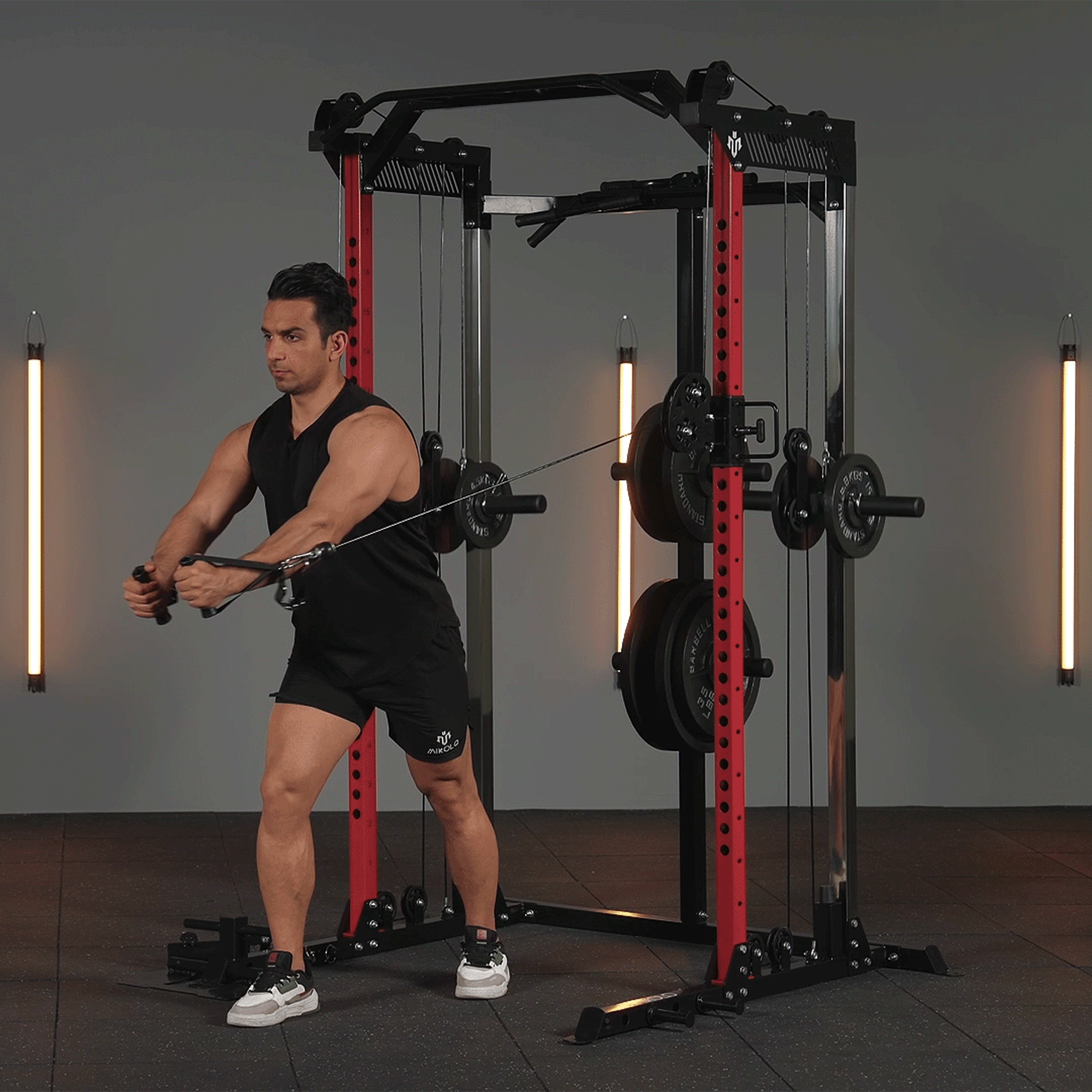









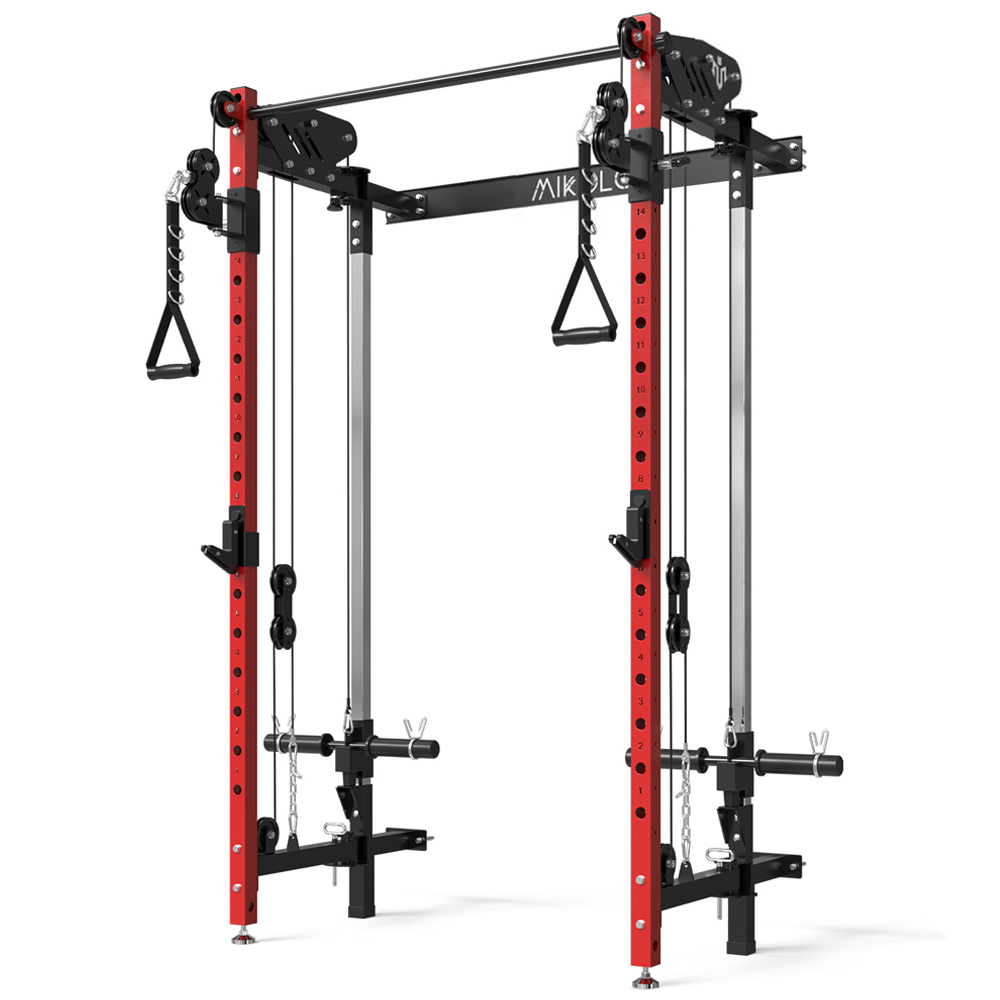
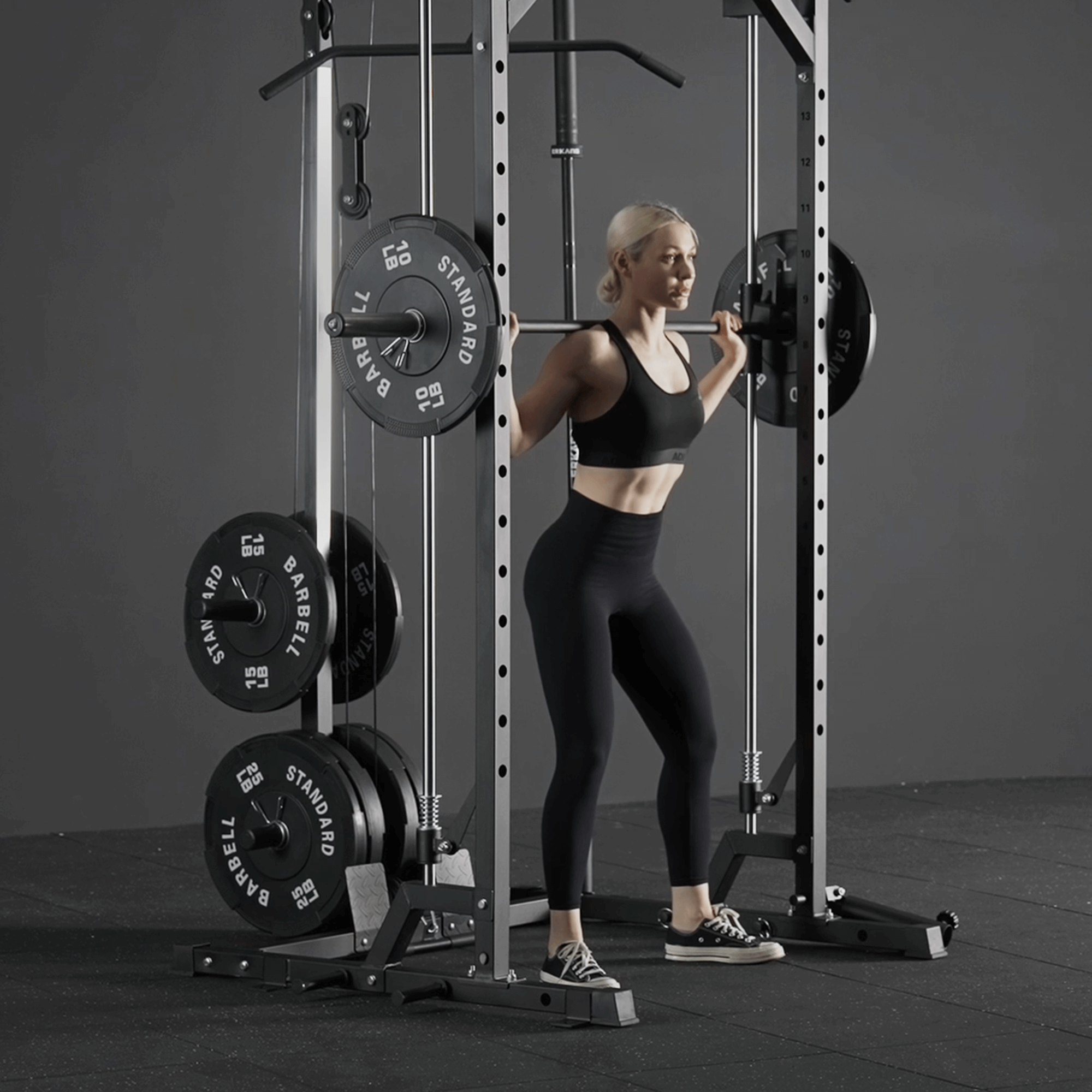





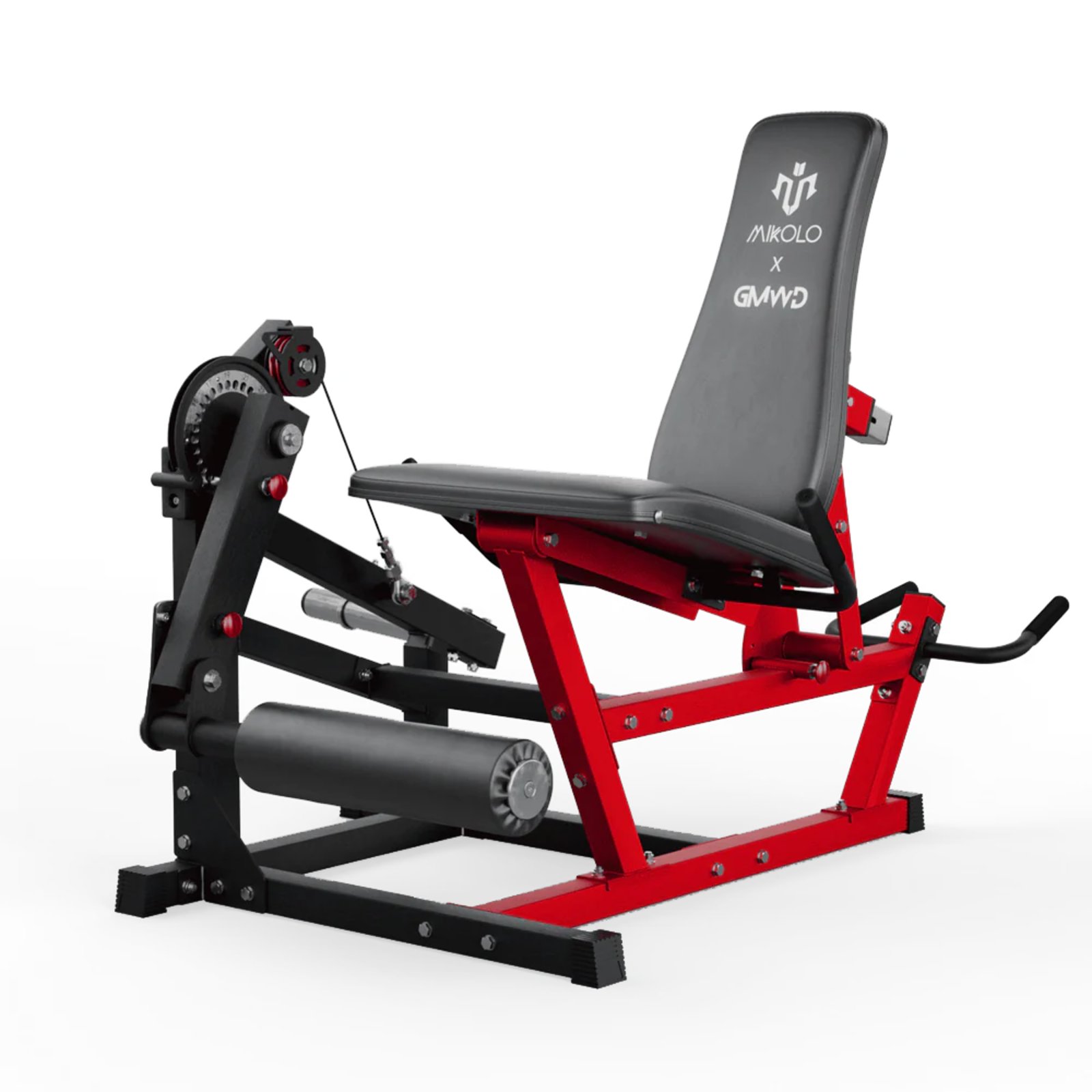
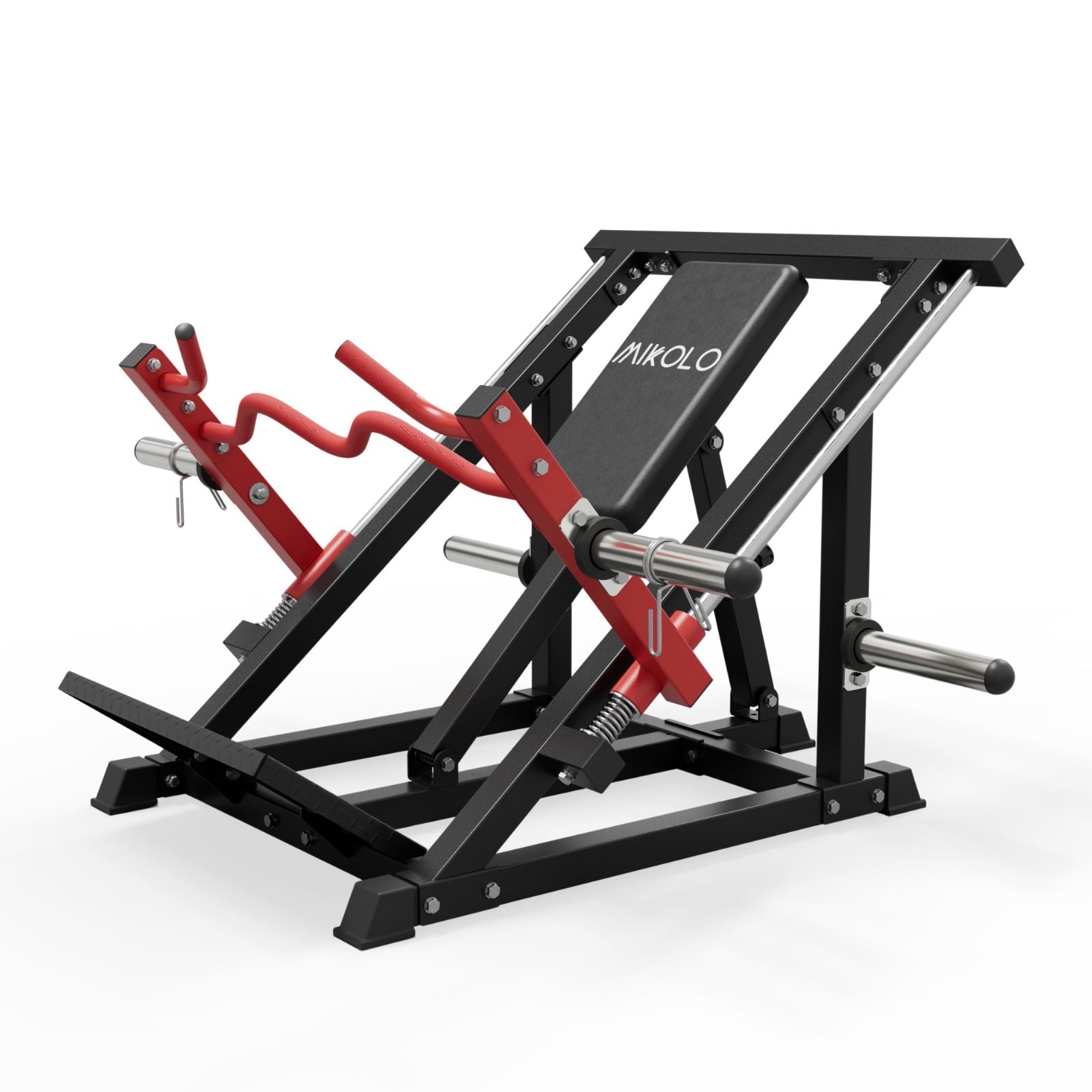
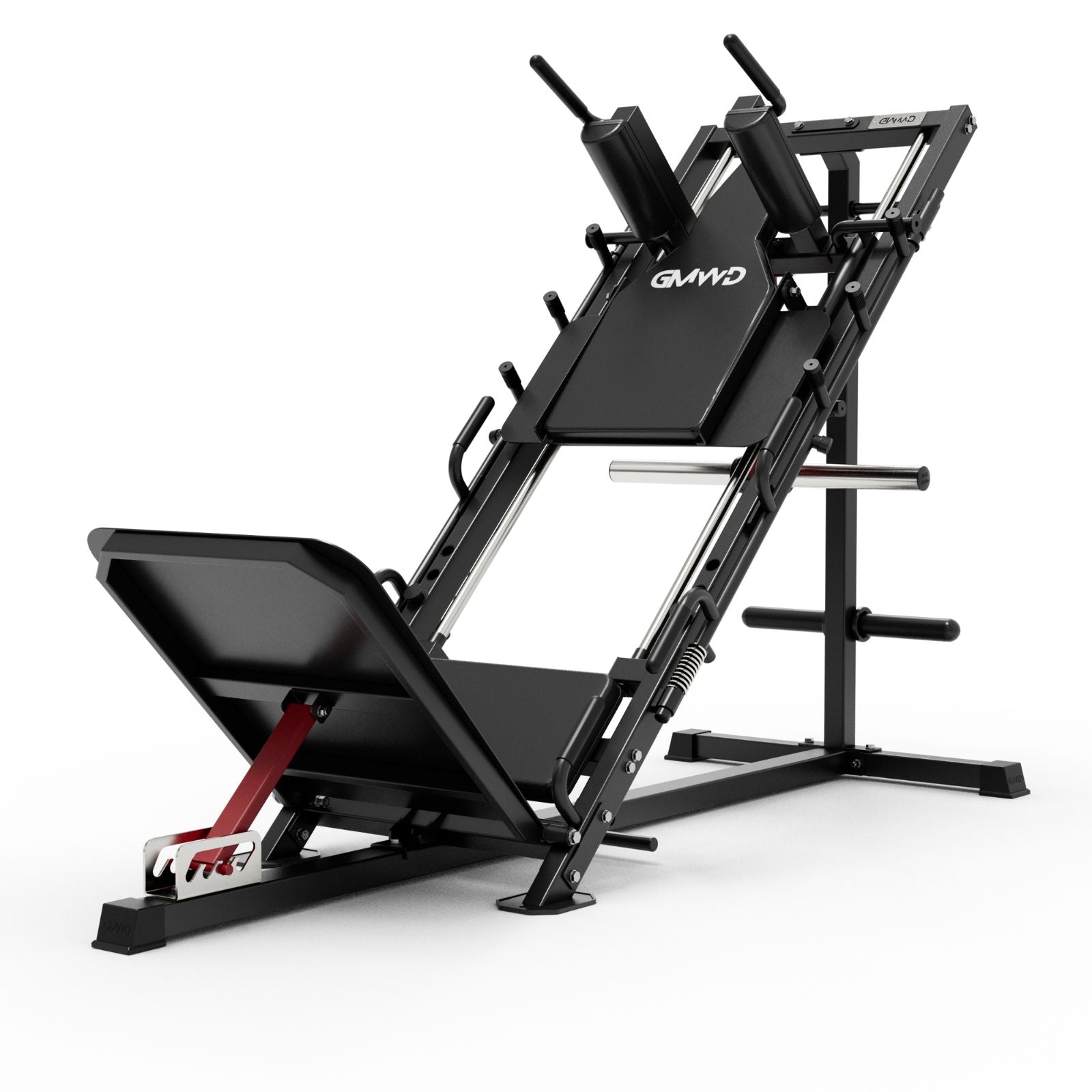
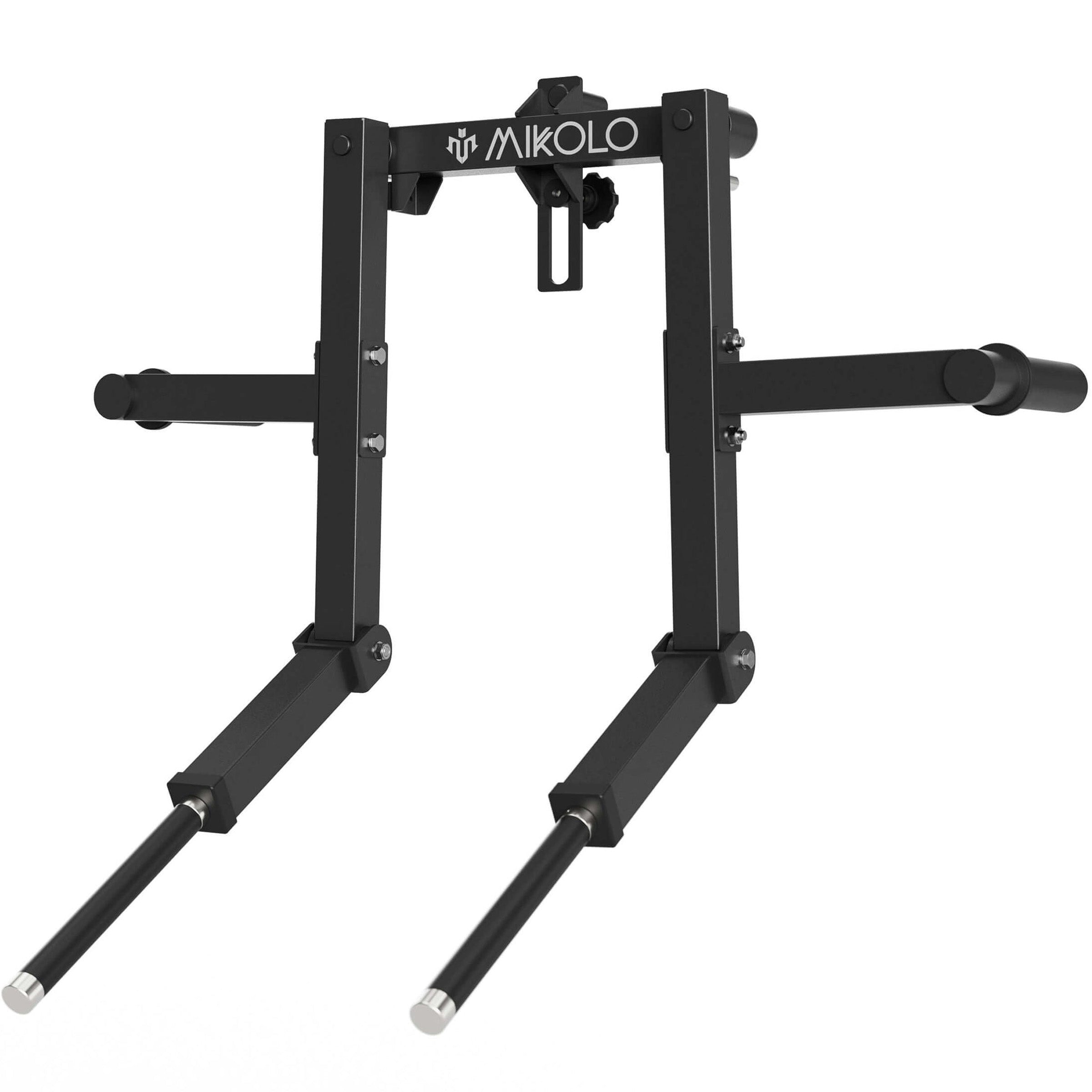
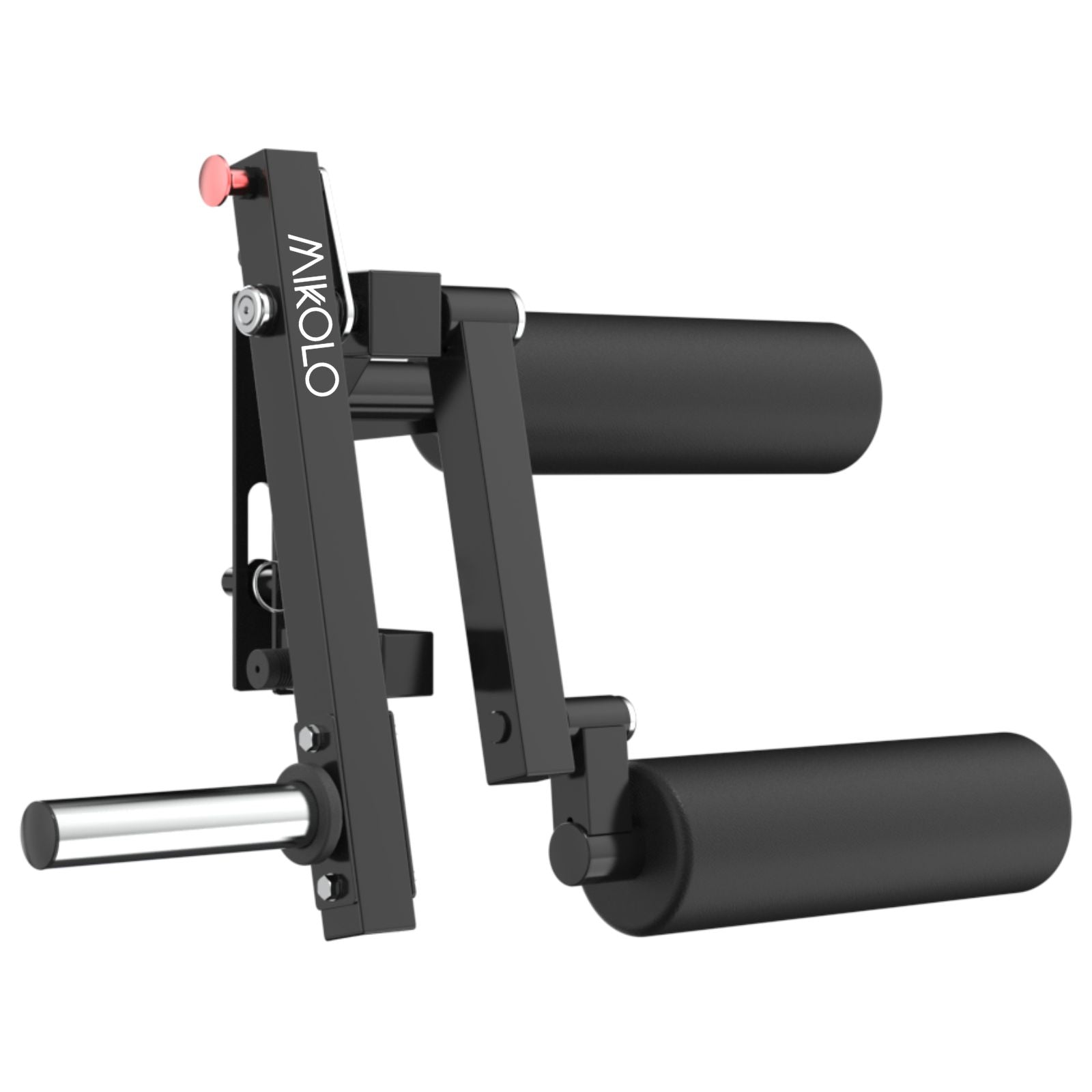



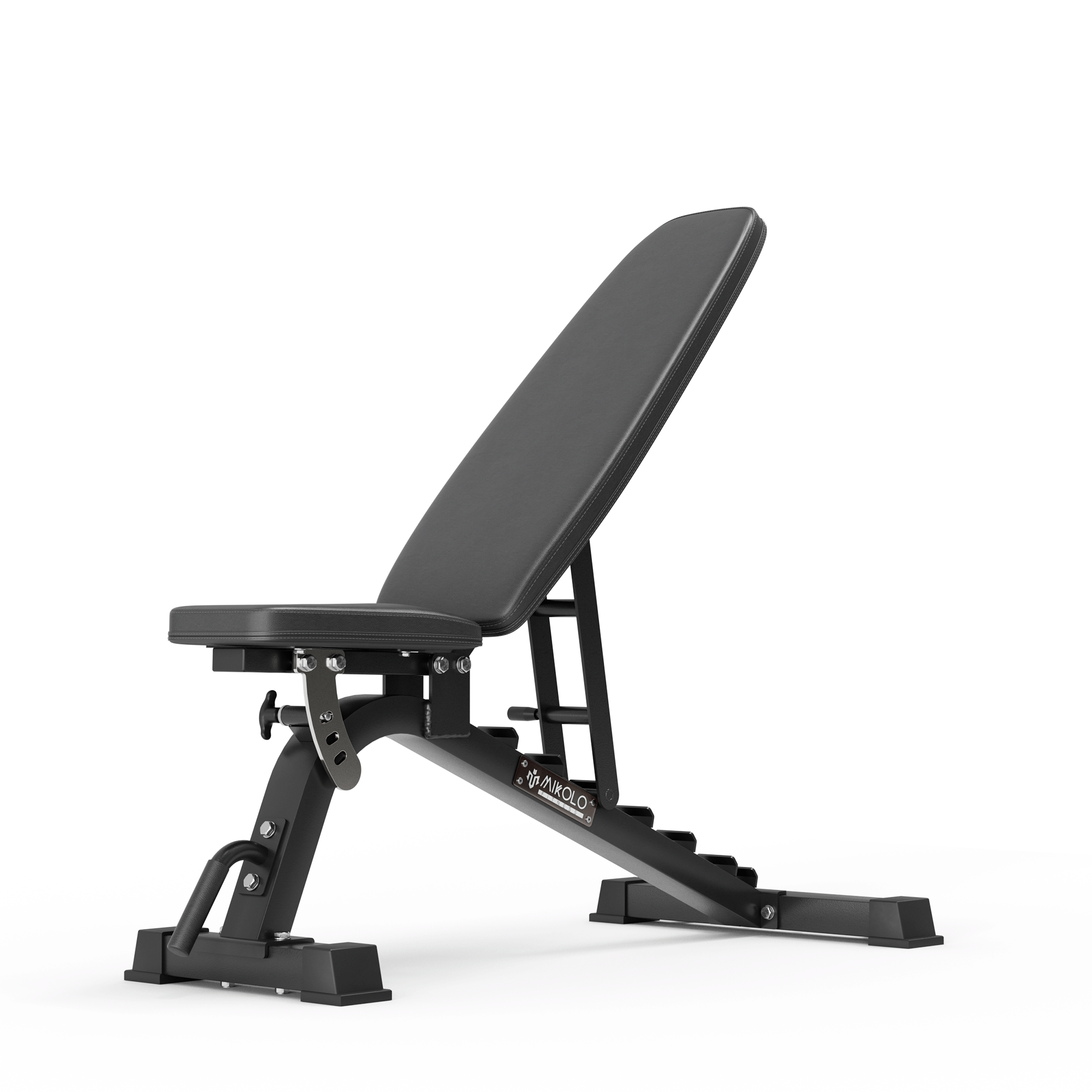











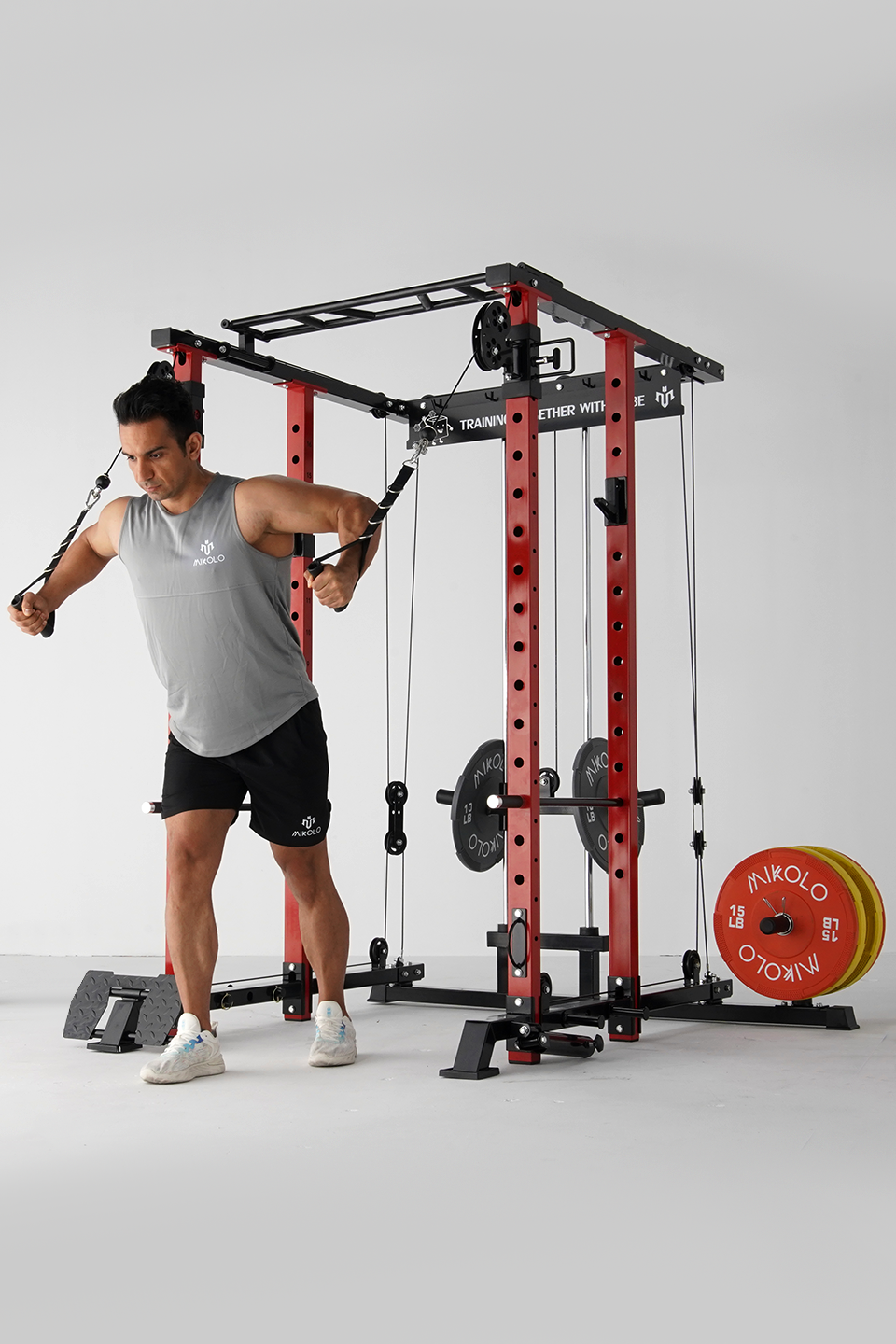



Leave a comment
This site is protected by hCaptcha and the hCaptcha Privacy Policy and Terms of Service apply.